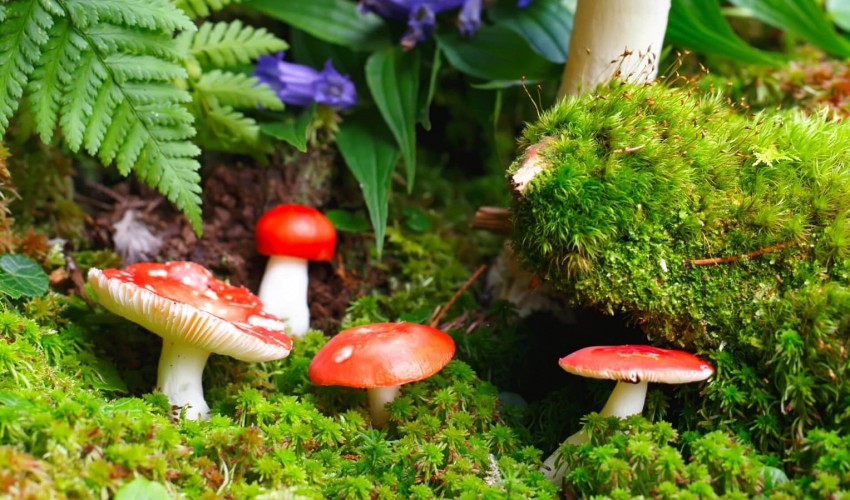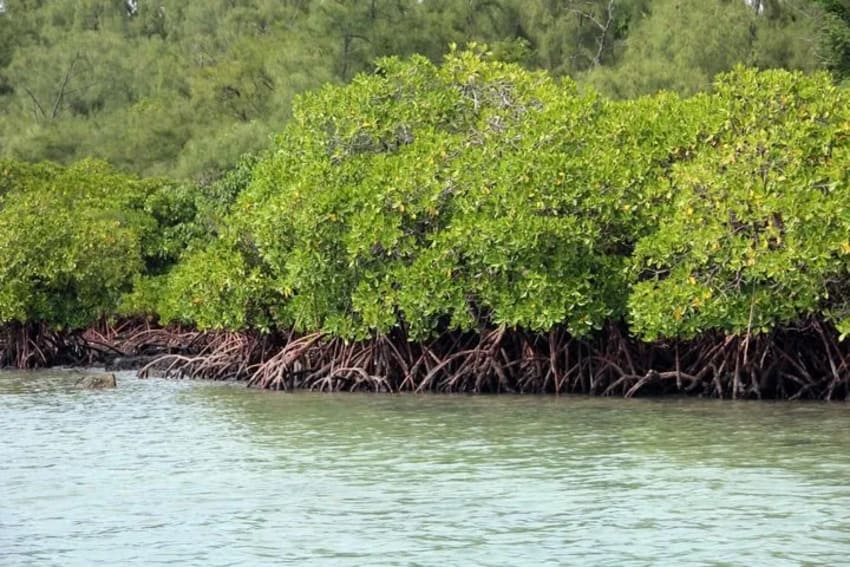
Bio-diversity
Biodiversity is the variety and variability of life on
Earth. Biodiversity is typically a measure of variation at the genetic, species,
and ecosystem level. Terrestrial biodiversity is usually greater near the
equator, which is the result of the warm climate and high primary productivity.
Biodiversity is not distributed evenly on Earth, and is richest in the tropics.
These tropical forest ecosystems cover less than 10 percent of earth's surface,
and contain about 90 percent of the world's species. Marine biodiversity is
usually highest along coasts in the Western Pacific, where sea surface
temperature is highest, and in the mid-latitudinal band in all oceans. There
are latitudinal gradients in species diversity. Biodiversity generally tends to
cluster in hotspots, and has been increasing through time, but will be likely
to slow in the future.
Rapid environmental changes typically cause mass extinctions.
More than 99.9 percent of all species that ever lived on Earth, amounting to
over five billion species, are estimated to be extinct. Estimates on the number
of Earth's current species range from 10 million to 14 million, of which about
1.2 million have been documented and over 86 percent have not yet been
described. More recently, in May 2016, scientists reported that 1 trillion
species are estimated to be on Earth currently with only one-thousandth of one
percent described. The total amount of related DNA base pairs on Earth is
estimated at 5.0 x 1037 and weighs 50 billion tonnes. In comparisons, the total
mass of the biosphere has been estimated to be as much as 4 TtC (trillion tons
of carbon).
Since life began on Earth, five major mass extinctions and several minor events have led to large and sudden drops in biodiversity. The Phanerozoic eon (the last 540 million years) marked a rapid growth in biodiversity via the Cambrian explosion—a period during which the majority of multicellular phyla first appeared. The next 400 million years included repeated, massive biodiversity losses classified as mass extinction events. In the Carboniferous, rainforest collapse led to a great loss of plant and animal life. The Permian–Triassic extinction event, 251 million years ago, was the worst; vertebrate recovery took 30 million years. The most recent, the Cretaceous–Paleogene extinction event, occurred 65 million years ago and has often attracted more attention than others because it resulted in the extinction of the non-avian dinosaurs.
- spatial and temporal aspects of biodiversity
- causes of the global loss of biodiversity
- invasive species and their impact on ecosystems and biodiversity
- conservation biology: policy and management
- biodiversity and ecosystem function and resilience
- ecosystem services and their importance for human societies
- environmental economics and valuation of ecosystem services
- paleoecology and paleoecological methodology
- humans and the landscape during prehistoric time
- Plant Biodiversity
- Animal Biodiversity
- Microbial Biodiversity
- Managements of Biodiversity
- Environmental Law
- Species Conservation
- Behavioural Ecology
- Ecological Field Techniques
- Project Cycle Management
- Protected Areas Management
Recent Published
Submit Manuscript
To give your manuscript the best chance of publication, follow these policies and formatting guidelines.


